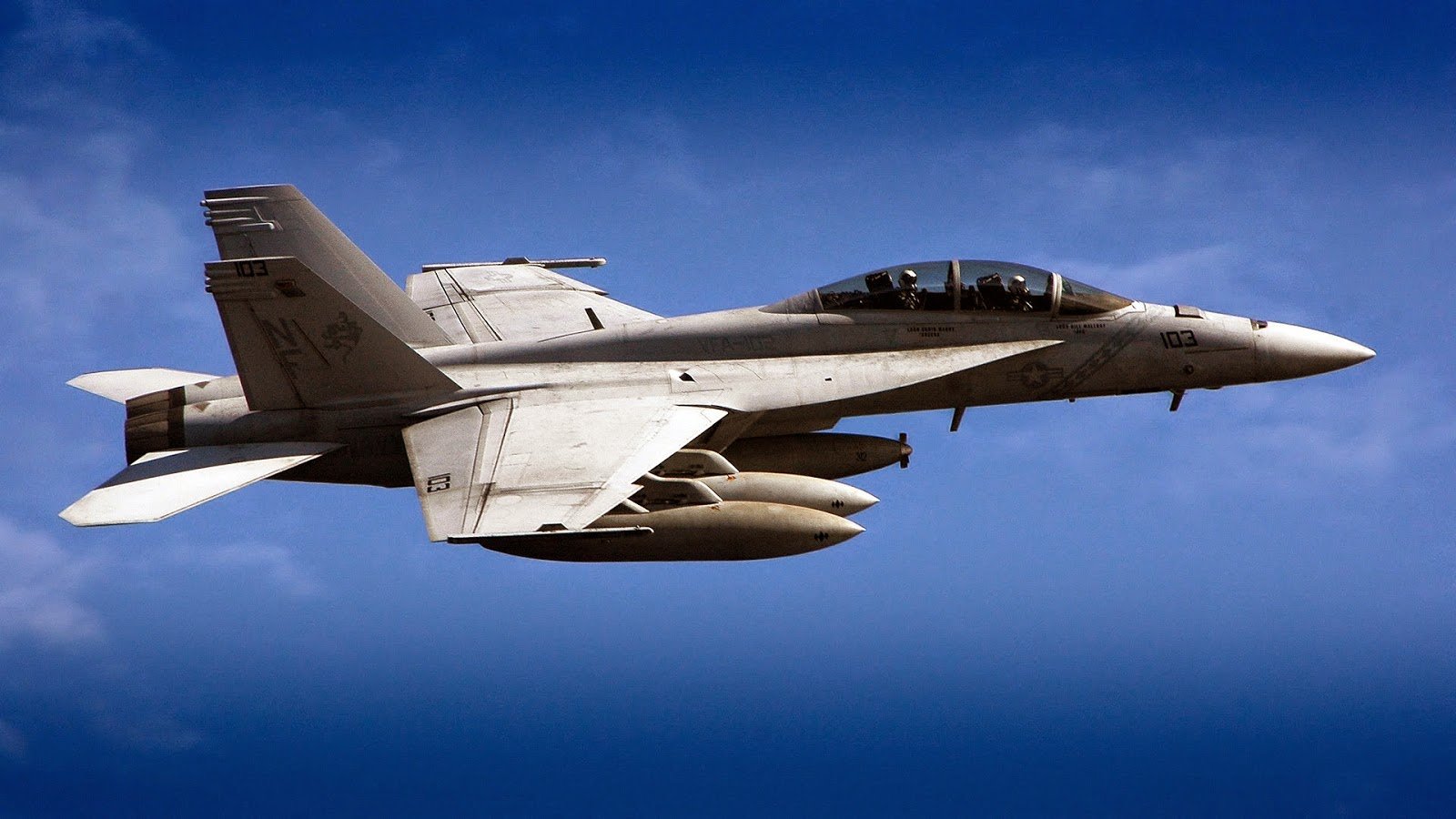Military
Hornet vs Super Hornet Comparison

Introduction to the Hornet and Super Hornet

The F/A-18 Hornet and the F/A-18E/F Super Hornet are both twin-engine, multirole fighter aircraft designed by McDonnell Douglas (now part of Boeing) for the United States Navy. While they share a similar name and design lineage, these aircraft have distinct differences in terms of capabilities, design, and operational roles. This comparison aims to delve into the specifics of each aircraft, exploring their histories, technological advancements, and the reasoning behind the development of the Super Hornet as an evolution of the original Hornet.
History and Development

The F/A-18 Hornet was first introduced in the 1980s, combining the roles of a fighter and an attack aircraft into one platform. Its versatility, maneuverability, and the capability to perform both air-to-air and air-to-ground missions made it a valuable asset for the U.S. Navy. However, with the advancement of technology and the changing nature of warfare, the need for an upgraded version with enhanced capabilities arose. This led to the development of the F/A-18E/F Super Hornet, which began its service in the early 2000s. The Super Hornet was designed to be more advanced, with increased range, improved avionics, and the ability to carry more payload.
Design and Capabilities

- Size and Range: The Super Hornet is slightly larger than the Hornet, with a 25% increase in internal fuel which significantly extends its range. This allows the Super Hornet to stay in the air longer and operate farther from its carrier. - Payload Capacity: The Super Hornet can carry more weapons and fuel than the Hornet, thanks to its stronger airframe and the addition of a centerline drop tank. This enhances its ability to conduct longer-range missions and engage more targets. - Avionics and Electronics: The Super Hornet boasts more advanced avionics, including improved radar systems and better electronic countermeasures. This upgrade gives pilots greater situational awareness and enhances the aircraft’s survivability in hostile environments. - Engine Power: Both aircraft are powered by two General Electric F404 engines in the Hornet and two General Electric F414 engines in the Super Hornet. The F414 engines provide more thrust, contributing to the Super Hornet’s better performance.
Operational Roles

Both the Hornet and the Super Hornet are designed to perform a variety of missions, including air superiority, ground attack, and reconnaissance. However, the Super Hornet’s advanced capabilities and increased payload capacity make it more versatile and effective in its roles. The Super Hornet can carry advanced precision-guided munitions, has enhanced radar and communication systems, and can conduct missions with less support, making it a more independent platform.
Comparison Table

| Feature | F/A-18 Hornet | F/A-18E/F Super Hornet |
|---|---|---|
| Length | 56 feet (17.1 meters) | 60.3 feet (18.4 meters) |
| Wingspan | 40.5 feet (12.3 meters) | 44.8 feet (13.7 meters) |
| Empty Weight | 24,700 pounds (11,200 kg) | 24,900 pounds (11,300 kg) |
| Maximum Speed | Mach 1.8 (1,190 mph or 1,915 km/h) | Mach 1.8 (1,190 mph or 1,915 km/h) |
| Range | 2,000 nautical miles (3,700 km) | 2,300 nautical miles (4,260 km) |

🛫 Note: The specifications and capabilities of the Hornet and Super Hornet can vary based on the specific variant and the source of the information.
Conclusion and Future Developments

In summary, while the F/A-18 Hornet and the F/A-18E/F Super Hornet share a common lineage, they are distinct aircraft with different capabilities and operational roles. The Super Hornet represents a significant advancement over the Hornet, offering improved range, payload capacity, and avionics. As military aviation continues to evolve with advancements in technology, the roles of these aircraft will continue to adapt. The development of newer, more advanced aircraft like the F-35C Lightning II for carrier operations signifies the ongoing pursuit of superior capabilities in naval aviation.
What are the primary differences between the F/A-18 Hornet and the F/A-18E/F Super Hornet?

+
The primary differences include the Super Hornet’s larger size, increased range, improved avionics, and greater payload capacity, making it a more versatile and capable multirole fighter.
Why was the Super Hornet developed?

+
The Super Hornet was developed to address the need for a more advanced, capable, and longer-range multirole fighter that could meet the evolving demands of modern naval warfare.
Will the Hornet and Super Hornet be replaced by newer aircraft?

+
Yes, the U.S. Navy is in the process of transitioning to newer, more advanced aircraft like the F-35C Lightning II, which is designed to eventually replace the legacy Hornets and Super Hornets in carrier-based operations.



